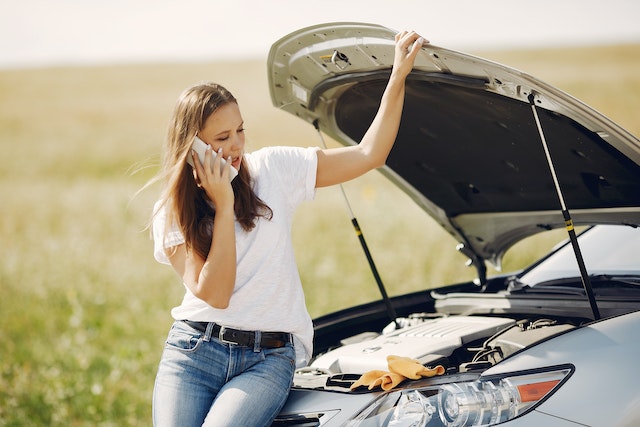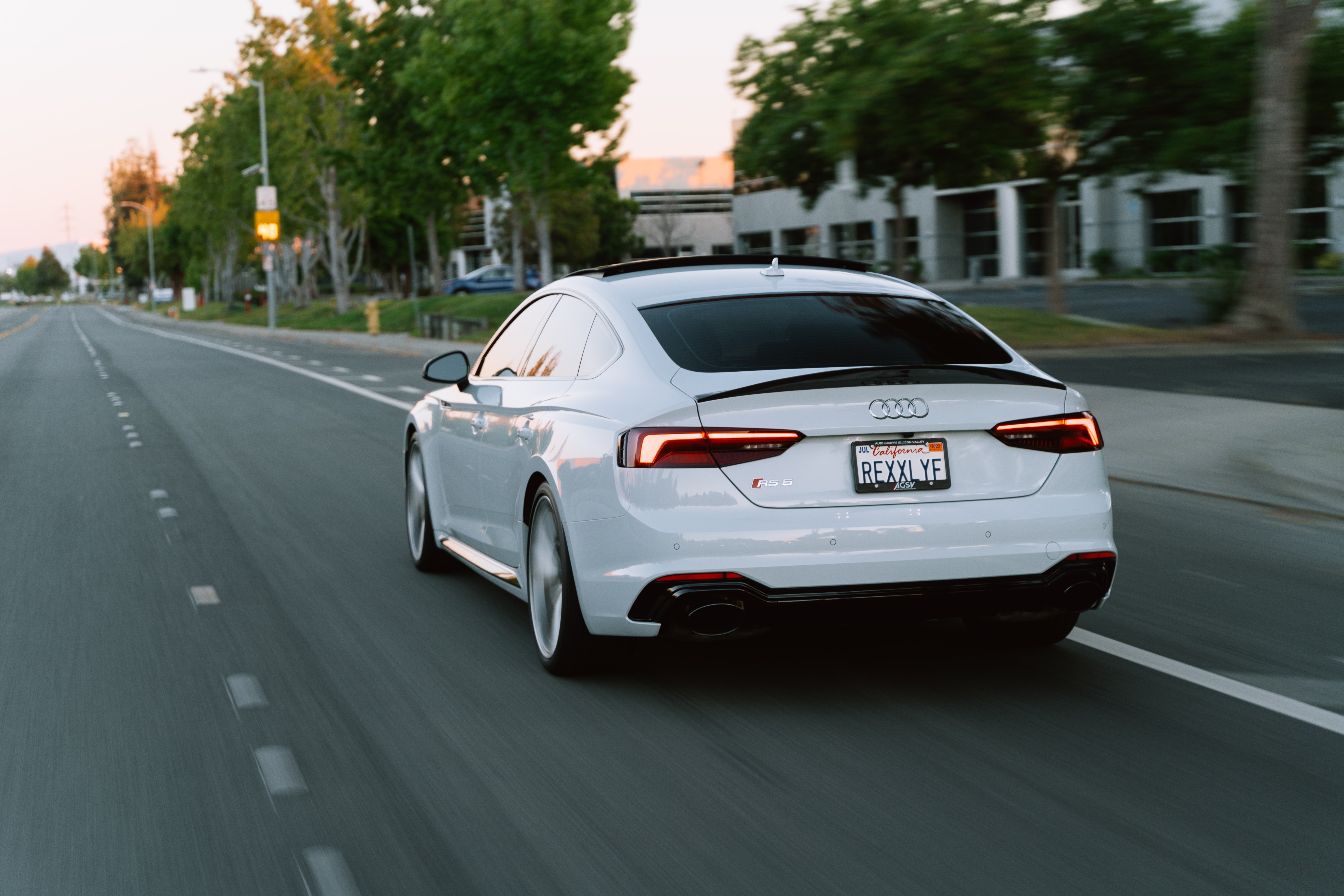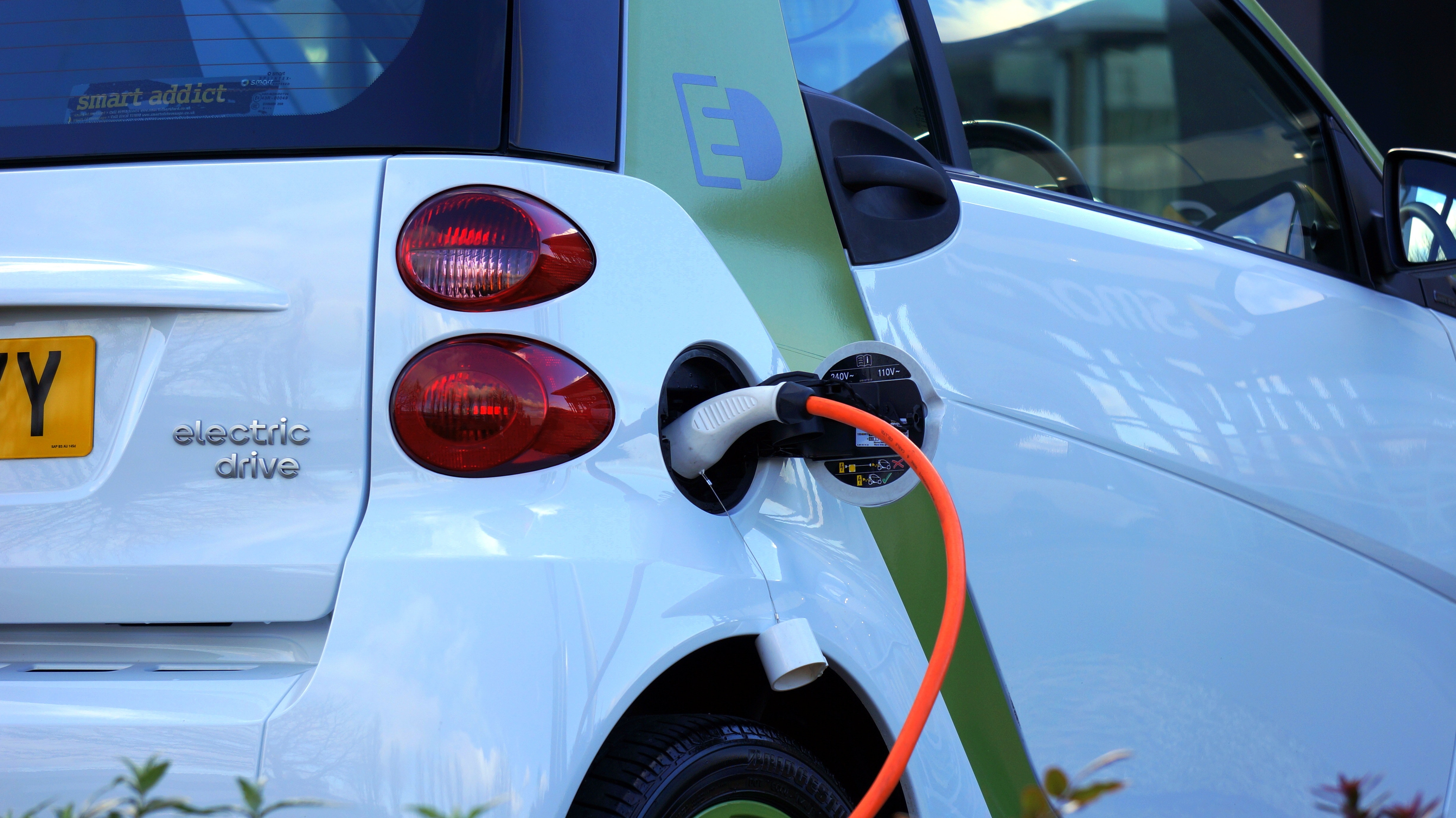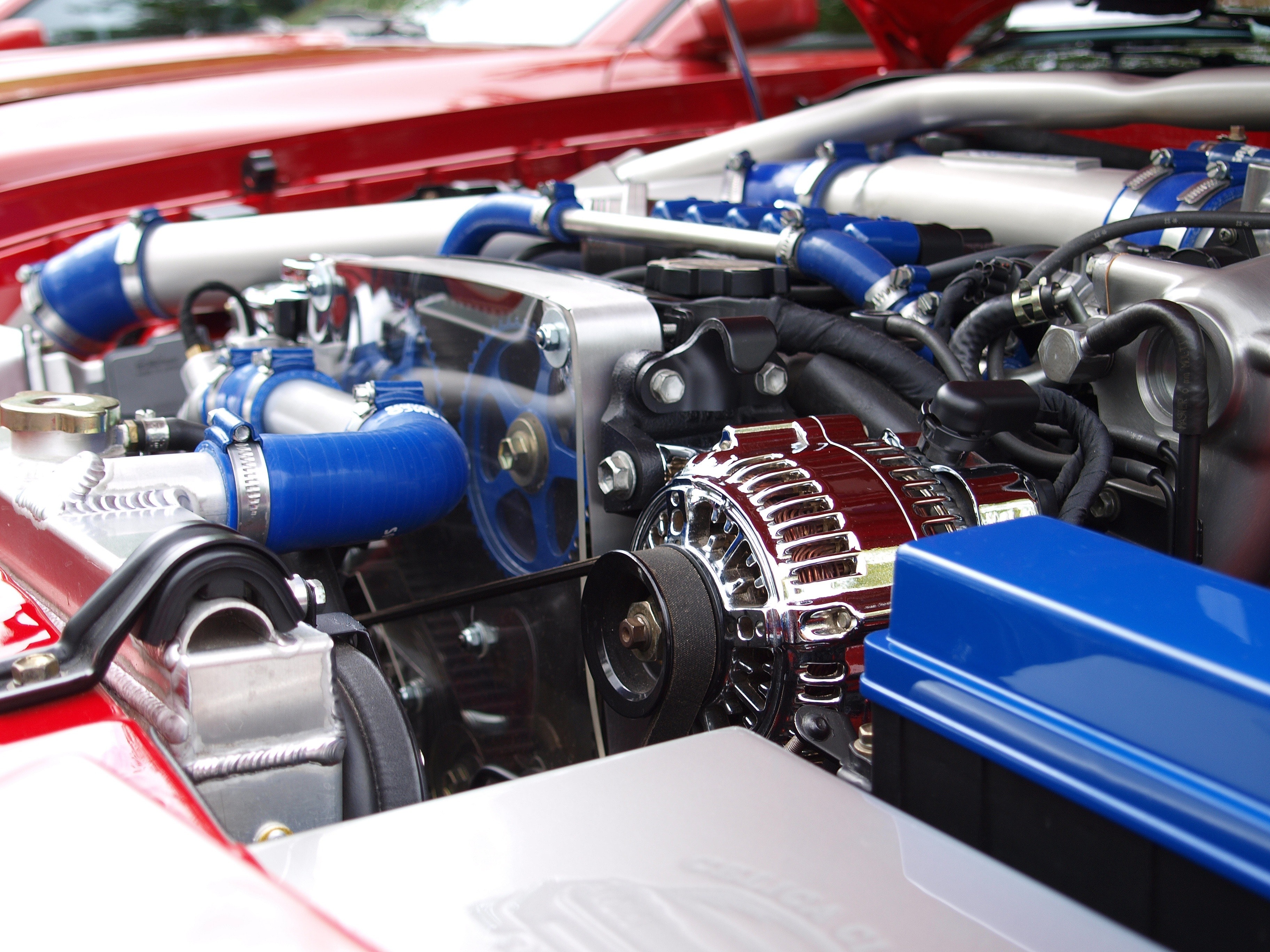No one gets behind the wheel in the morning thinking this will be the day that car trouble leaves them and their family stuck on the side of the road. Yet some form of malfunction is a highly common reality of being a driver in this country. There are roughly 69 million vehicle breakdowns on roads in the U.S. each year, according to Investopedia. That translates to about a third of all drivers.
The fact is that there are many things that can cause a need for you to pull over and get help. Better to consider the possibility in advance – and be prepared when it comes – then to be caught off guard. Below are some of the main culprits to consider.
Flat Tires
Anyone who has done a lot of driving in their time has likely come across this nuisance at some point. A flat tire is certainly one of the most common, if not the most common, sources of roadside problems. A nail or other sharp object in the road is often the culprit, but there are other causes of flat tires. It can be difficult to navigate around small pieces of debris, making it difficult to avoid the problem.
Oftentimes the tire has a leak that goes undetected until forcing the driver to pull over and get help. Naturally, it helps to know how to change a flat tire. However, it is generally important to have the tire inspected so that it can be repaired or replaced.
Getting Locked Out of Your Vehicle
You may be surprised how many people accidentally lock themselves out of their vehicle. Fortunately, with roadside assistance, this problem can be remedied quickly so you can get back out on the road.
These days, services such as AAA have quick and simple ways of unlocking cars. They have equipment that can bypass a vehicle’s locking system and can even make a copy of a car key in less than an hour. Check out the growing range of security coverage available to drivers today.
Engine Trouble and Other Car Problems
If you suspect there is a problem with your car, it is crucial that you get to the root of the problem as soon as possible. Sometimes a check engine light will force the driver to pull over. If the car is still drivable you can opt to drive to the nearest garage and have it checked out. But an overheated engine or another serious issue can make driving dangerous. Roadside services are often called to tow cars that are experiencing problems that need to be addressed urgently.
To Jumpstart a Dead Battery
Dead or malfunctioning batteries are another common source of calls for roadside help. A car that struggles to start can be the sign of a low-voltage or corroded battery. But drivers often don’t know their battery is on the verge of dying. If you’re stranded somewhere due to battery issues, you’ll want assistance from a nearby service that can provide prompt assistance – either by jump-starting the battery or towing your vehicle somewhere it can be replaced.
Speak to an Auto Insurance Agent to Get Roadside Coverage with Your Plan
While there are still other reasons that drivers use roadside assistance, not everyone needs to opt for a special plan or membership. The decision is up to you. It may depend on how much you drive and your comfort level in handling mechanical issues with your vehicle.
Still, it’s always good to be sure what your insurance plan covers. Ask an auto insurance agent if you’re already covered for roadside assistance. Doing so may give you the peace of mind knowing that you won’t be left stranded somewhere without any options. You may also want to look into membership clubs for drivers to see what other benefits there are out there that you can enjoy.
Contact Amigo insurance to get quotes on the best insurance options, as well as to find out more about roadside assistance coverage. Our agents are ready to answer your questions today!










